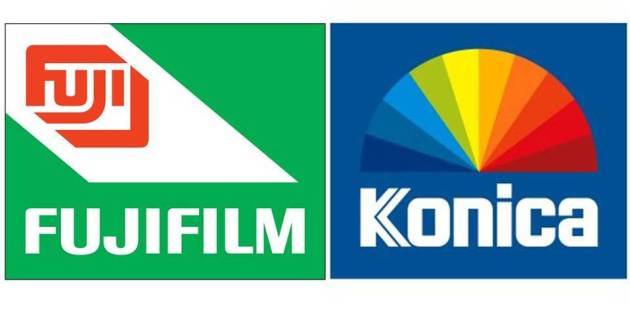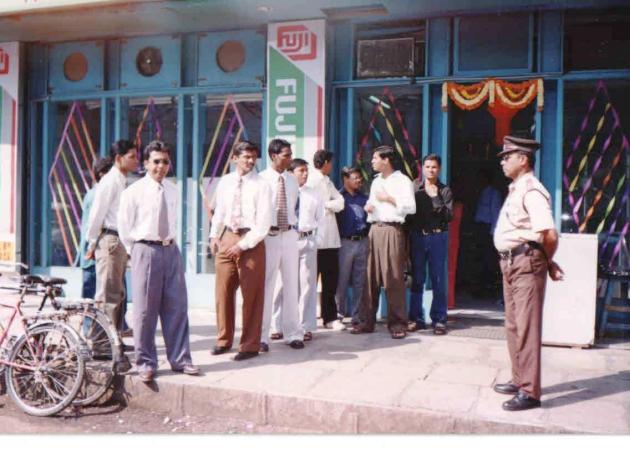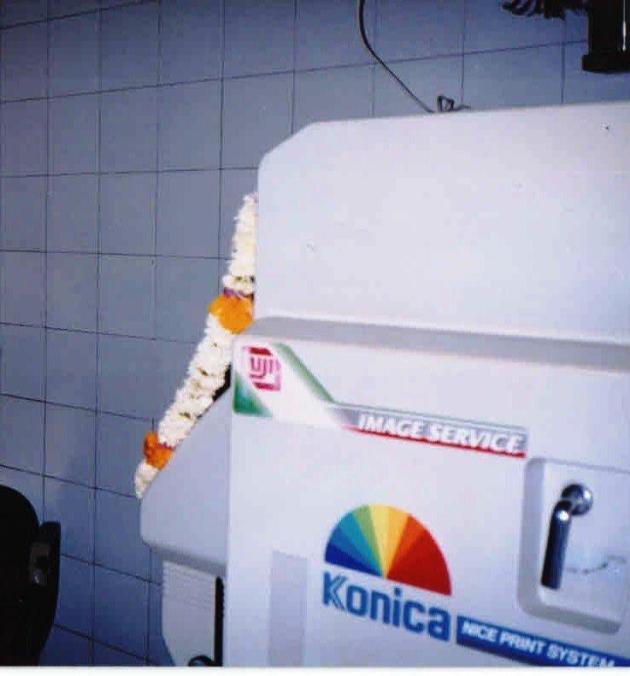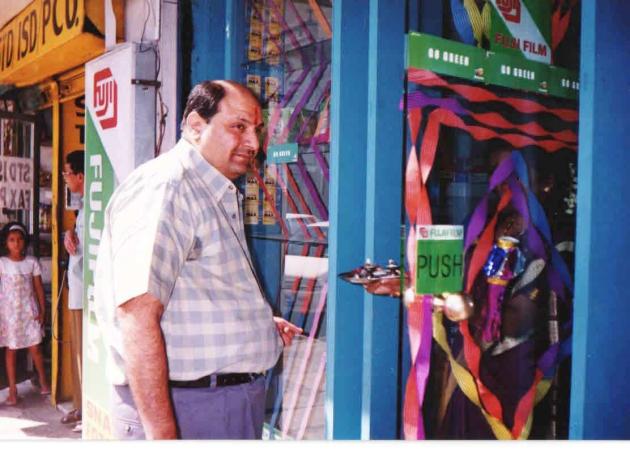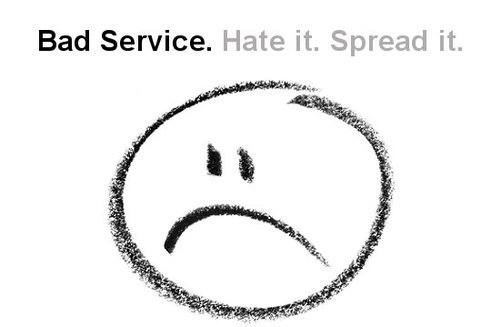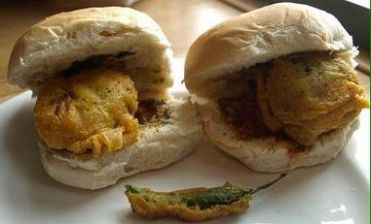Give your customer a comprehensive solution not just a product!
September 21, 2012
In 1988, I was appointed the distributor for Photophone India Ltd., the manufacturers of Hot Shot- the first cameras that were introduced in the 35mm and 110mm format. These were supposed to be a replacement to the Click III from Agfa which were old and archaic.
I was expected to distribute their Konica color films, photographic paper, chemicals and equipment in the eastern India Markets. I was asked to handle the states of West Bengal, Bihar, Orissa and Assam and all the North Eastern States of India. Yet the brand that I was supposed to promote, Konica, had little or no market share in the Eastern India Markets. Apart from that, I had never even been to Calcutta, let alone have an understanding of that market! I was both ecstatic and afraid at the thought of chartering a new territory! Folding my entrepreneurial spirit on my selves, I told myself challenge accepted and went straight ahead with the distributorship.
Back then in the erstwhile Calcutta, the photofinishing market was controlled by the Sanghvi family under the brand name Snap Fotos. Today the famous Sun Pharma belongs to the same family. The only other brand that controlled the market belonged to the Roy Choudhury family. The market there was otherwise highly localized in areas where the labs were. We called these labs “stand alone” as they were unlike the “chains” mentioned above. During those times, the two main competing brands in the photofinishing businesses were Konica and Fuji. Although priced the same, Fuji was clearly the market leader.
Beating a market leader in a market that you have very little knowledge of is a feat in itself, so instead of getting intimidated by the task at hand, I decided to use strategies that had worked well for me in the past. To break through the market, I didn’t try to break into large consumer markets in my first go. Instead, I focused on the smaller ones who were largely ignored by the major players. I also worked at becoming their solution provider and not just their product distributor.
To execute the above strategy, I created a service I called “The Konica All Clear Service”. I requested Photophone to provide me with a Ph. meter and a Densitometer, complex electronic equipments that required some training and skill to read. The Ph. meter checked the Ph. of every chemical used in the process of photofinishing, while the Densitometer checked the final results and ensured that the color balance of Red, Green and Blue was perfectly matched, thus giving you a bright, consistent and superior quality of prints.
Now every chef knows that the proof of the pudding is in eating it, so in order to get my pitch perfect for the stand alone lab owner, I got a set of prints printed by either Snap Fotos or at Roy Chauhdhari’s “chain” of labs, depending on the area where my “stand alone” lab customer was located. Armed with this set of negatives and prints, I went to the “Stand alone Lab” and requested them to print the negatives, like any other normal customer did and paid them for these prints.
Once I had their product, I would then take out what I had previously printed at the “chain” and compared the two right in front of the owner. Quite naturally, the lab owner would get defensive about his quality and service. It was precisely at this point that I would ask him if he wanted his prints to look as good as or even better than the one I was comparing his work with. With a look of sudden surprise on their faces and a bit of suspicion in their eyes, they would cautiously say yes just out of curiosity to see what magic I could do.
I would then roll my sleeves up, and ask to be taken to their processing room. Once there, surrounded by the owner and his staff, I would then open my bag and take out my instruments one by one and display it on the table. Using these instruments I would then take my time and check the Ph. of their chemicals and proceed to give them my diagnosis. I would always go one step ahead and make the necessary corrections in their chemicals and print the same set of negatives right then. Lo and behold! The prints would turn out better or at least as good as the competitor “chain”. What the stand -alone lab customer didn’t understand was that quality is 99% based on the conditions of the chemicals used in your photofinishing equipment!
After every one of these sessions, I would always be invited to the back office for a cup of hot chai and snacks! Most of these lab owners had become my friends as I had given their businesses a lease of new life! I would send my engineer every 15 days to check their chemical parameters and make corrections by adding additives, if necessary. We would then issue an “All Clear Certificate” from Konica Corp. (Japan) to the lab owner, provided he met our more exacting quality standards, and of course bought our chemicals, photographic paper, and films.
Selling Konica Photographic Paper and Films, Machines, and Chemicals was a natural extension of our “All Clear service”. It was something that we found that needed hardly any “selling” once we had explained the advantages of maintaining the chemicals and giving their customers consistency in quality. I considered all of the above as the foundation for all my future sales strategies and didn’t charge the owners anything for the services we provided. This was a win-win situation for both parties since it also saved them huge capital investment in the purchase of the diagnostic equipment, the Ph. Meter and the Densitometer and it ensured that they were maintained on my customer list.
By the end of the year, I even persuaded Konica to make their prices at least 1% higher than Fuji, thus positioning it as a superior product based on price. The big “chains” soon followed automatically. Just under a year, the perception had changed as most customers had begun to perceive Konica as a better product. I say perceive because this is the magic of a cleverly designed and executed sales strategy. There was no difference between Konica and Fuji; in fact it was simple case of applying better quality control!
By giving my customer a comprehensive end to end solution and not just a product, I had won over customers for life. I treated them fairly and with respect. In the span of one year, I had managed to raise Konica’s market share from 2% to 24%, an unparalleled feat in the history of Konica, India. We had challenged the Goliath and had managed to slip the carpet from under their feet!
For all the startups out there, this is the lesson I wanted to share with you too. You have to provide your customers a solution, not just a product! By providing my customer a comprehensive service free of cost; ensuring that the quality of his end product was as good as it should be; by saving him huge Capital investments otherwise impossible for him to make; I had offered him a comprehensive solution. Buying my products became a natural extension to the service I provided. Konica began to replicate that model all over India and soon became market leaders in India.
No matter what business you are in, this lesson can be applied to your business. You just have to be genuine and creative enough to execute it!
To be continued…
Parag Shah
September 2012.

